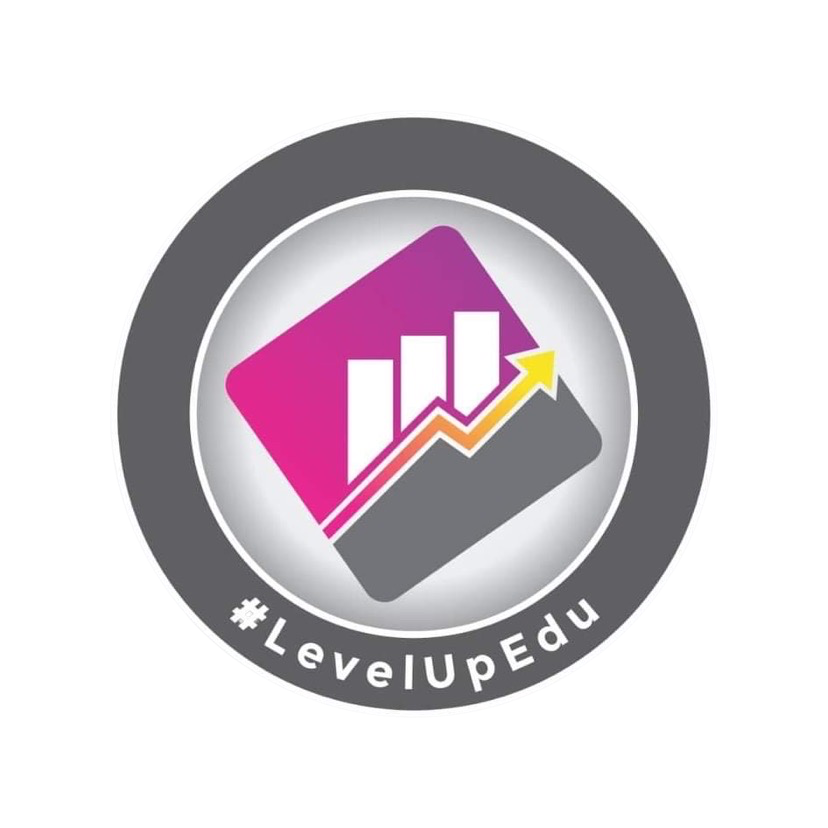Why Universal Design for Learning (UDL) Matters More Than Ever in 2025
Why Universal Design for Learning (UDL) Matters More Than Ever in 2025
Khechara Bradford, Ed. D.
Education Strategy Expert & Chief Learning Officer ✨ Curriculum. AI in Education. Learning Design. Strategy. Coaching. Training. Implementation. EdTech. Special Populations.
August 26, 2025
As we move deeper into the 2025–2026 school year, educators, curriculum leaders, and instructional designers face a common challenge: how to ensure every learner—regardless of background, ability, or learning style—has access to meaningful, rigorous, and equitable instruction.
Enter Universal Design for Learning (UDL)—a framework that has never been more essential.
What Is UDL?
UDL is a research-based approach developed by CAST that emphasizes flexible learning environments designed from the outset to accommodate the widest possible range of learners. It encourages:
- Multiple means of engagement (the “why” of learning),
- Multiple means of representation (the “what” of learning), and
- Multiple means of action and expression (the “how” of learning).
In short, UDL anticipates learner variability, rather than reacting to it after the fact.
Why UDL Is Especially Important in 2025
This year, the demand for inclusive, personalized learning has reached a critical point. Several factors are driving this urgency:
- Post-pandemic gaps and accelerated learning needs are still affecting student progress.
- Increased diversity in classrooms—linguistic, cultural, neurodiverse, and socio-economic—requires differentiated and responsive instruction.
- Legislative and policy shifts at the state and federal levels are emphasizing equity and access, especially for students with disabilities, English learners, and those at risk.
UDL is not a “nice to have.” It is a foundational necessity for building instructional systems that serve all learners well.
UDL + High-Quality Instructional Materials (HQIM)
High-Quality Instructional Materials (HQIM) are standards-aligned, evidence-based resources that support rigorous teaching and learning. But HQIM only reaches its full potential when it is accessible and meaningful to every student.
Here’s how UDL strengthens HQIM:
- Accessibility by design: UDL ensures HQIM are not just aligned to standards, but also adaptable for students with diverse needs.
- Built-in flexibility: UDL encourages materials that allow for multiple pathways to learning outcomes—supporting both remediation and enrichment.
- Equity in implementation: UDL helps educators move from one-size-fits-all instruction to
one-size-fits-one—without sacrificing rigor.
If your HQIM don’t support diverse learners out of the box, UDL provides the blueprint to adapt and enhance them effectively.
UDL Supports Special Populations and MTSS
Universal Design for Learning is a natural fit for supporting special populations, including:
- Students with disabilities (IDEA),
- English learners (ELs),
- Students identified as gifted and talented,
- And students identified through MTSS (Multi-Tiered System of Supports) frameworks.
In an MTSS model, UDL provides Tier 1 instruction that is proactive and inclusive, reducing the number of students needing Tier 2 or Tier 3 interventions.
Key benefits include:
✅ Earlier identification and support of struggling learners
✅ Reduction in over-referrals to special education
✅ Stronger alignment between general education and specialized supports
✅ Culturally and linguistically responsive practices embedded into instruction
What Can Educators and Leaders Do Now?
If you're a teacher, curriculum director, or school leader, here are a few steps to amplify your impact through UDL:
- Audit your current materials: Do they reflect UDL principles? Are they flexible and inclusive?
- Invest in professional learning: Help your teams understand how to apply UDL in planning, instruction, and assessment.
- Align HQIM selection criteria with UDL: Look for materials that already include multiple means of engagement, representation, and expression.
- Embed UDL into MTSS: Ensure your Tier 1 core is as inclusive as possible—fewer students will need intervention if initial instruction meets their needs.
Final Thoughts
In 2025, UDL is not just a framework—it’s a moral imperative and a strategic solution. It helps bridge the gap between intent and impact, especially for historically underserved learners.
As we continue to pursue educational excellence through HQIM and MTSS, let’s not forget: the design of our instruction determines the destiny of our learners. With UDL, we can create systems where every learner belongs and thrives—by design.
🔁
Let’s start the conversation: How is your school or district using UDL to support HQIM or special populations this year? Share your thoughts in the comments!
#UDL #HQIM #Education2025 #MTSS #EquityInEducation #InclusiveEducation #InstructionalDesign #SpecialEducation #EdLeadership





